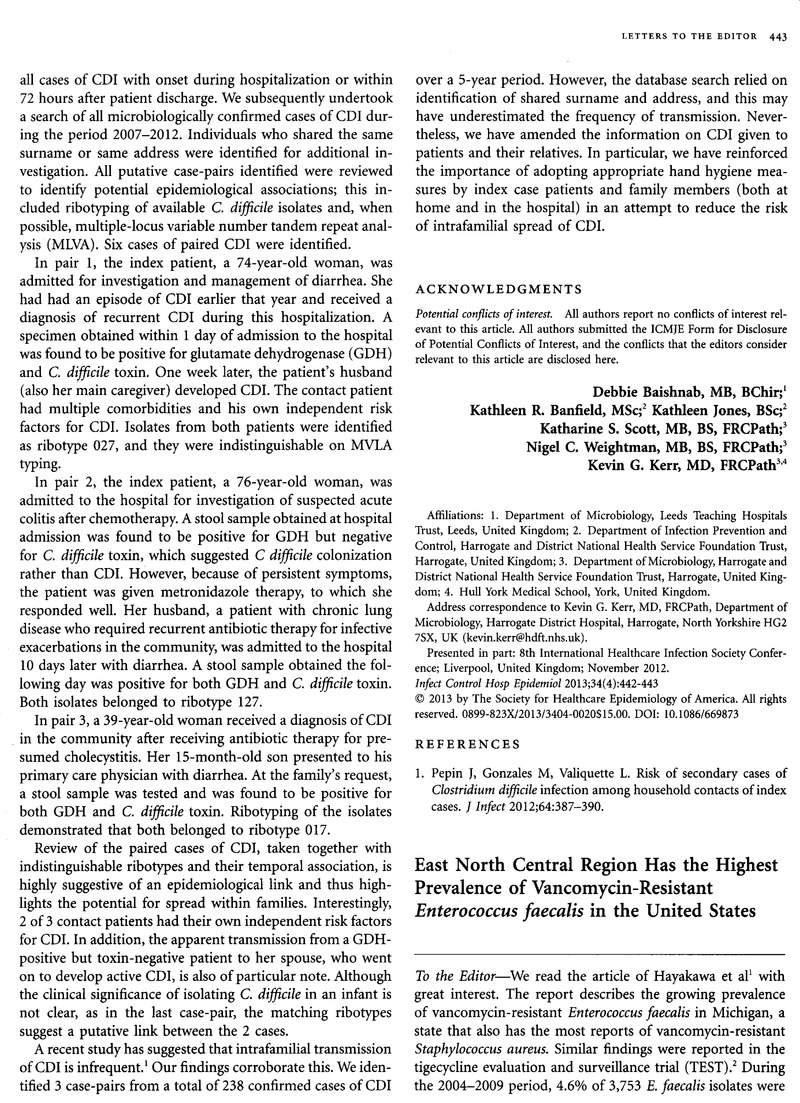Crossref Citations
This article has been cited by the following publications. This list is generated based on data provided by Crossref.
Gandra, S.
Braykov, N.
and
Laxminarayan, R.
2014.
Is Methicillin-Susceptible Staphylococcus aureus (MSSA) Sequence Type 398 Confined to Northern Manhattan? Rising Prevalence of Erythromycin- and Clindamycin-Resistant MSSA Clinical Isolates in the United States.
Clinical Infectious Diseases,
Vol. 58,
Issue. 2,
p.
306.
Lin, Ming-Feng
2014.
Antimicrobial resistance inAcinetobacter baumannii: From bench to bedside.
World Journal of Clinical Cases,
Vol. 2,
Issue. 12,
p.
787.
Phukan, Chimanjita
Lahkar, Mangala
Ranotkar, Swapnil
and
Saikia, Kandarpa K.
2016.
Emergence of vanA gene among vancomycin-resistant enterococci in a tertiary care hospital of North - East India.
Indian Journal of Medical Research,
Vol. 143,
Issue. 3,
p.
357.
Logan, Latania K.
Gandra, Sumanth
Mandal, Siddhartha
Klein, Eili Y.
Levinson, Jordan
Weinstein, Robert A.
and
Laxminarayan, Ramanan
2016.
Multidrug- and Carbapenem-ResistantPseudomonas aeruginosain Children, United States, 1999–2012.
Journal of the Pediatric Infectious Diseases Society,
p.
piw064.


